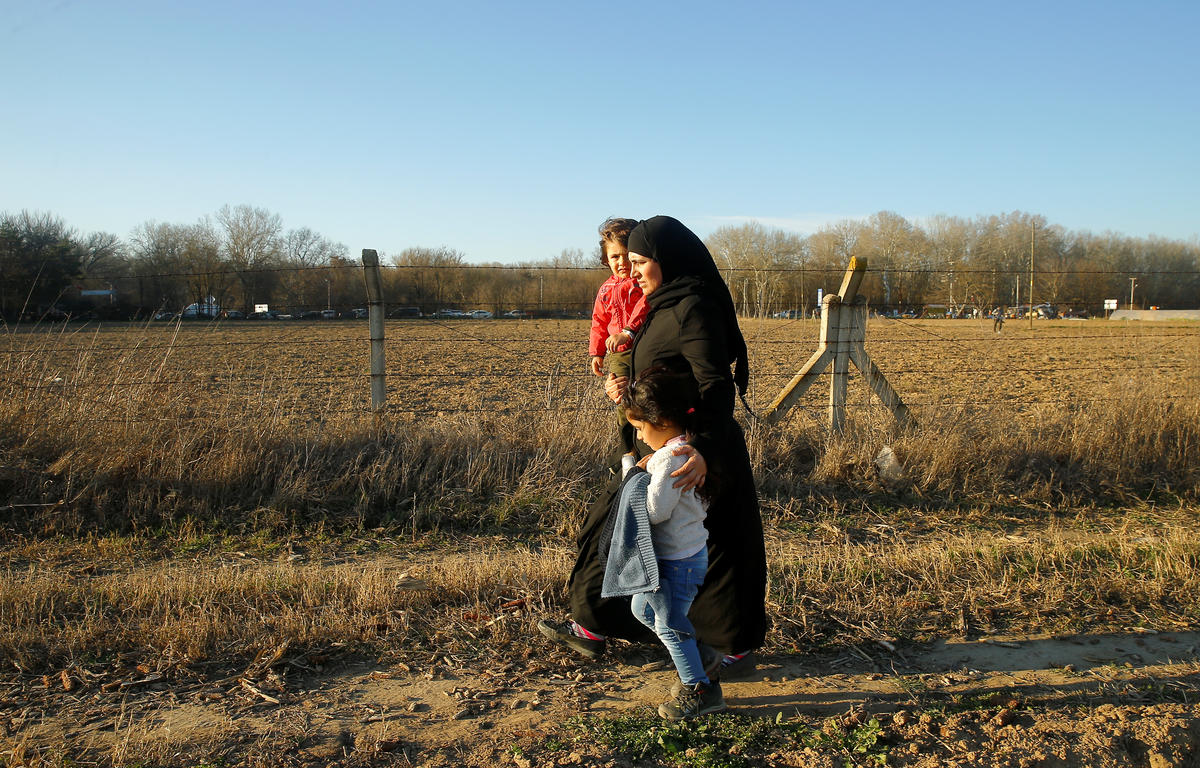Mixed maritime migration to Yemen reaches record annual high
Mixed maritime migration to Yemen reaches record annual high

GENEVA, November 18 (UNHCR) - More than 12,500 refugees and migrants arrived in Yemen on smuggler boats last month, pushing the total for this year to a record 84,656.
The 12,545 people who crossed from the Horn of Africa in October was itself the highest monthly total since UNHCR began compiling data about the mixed migration route in January 2006. Those making the dangerous crossing cite a range of political and economic reasons.
Of this year's arrivals 23,079 are from Somalia, while nearly all the remaining 61,577 people are Ethiopians. The combined total to date well exceeds the previous annual record of 77,000 people recorded in 2009.
UNHCR's chief spokesperson, Melissa Fleming, said in Geneva on Friday that Somali refugees accounted for the majority of all arrivals in Yemen between 2006 and 2008. "But that has changed," she told journalists, adding that Ethiopian migrants have since 2009 constituted the largest group among those crossing the Red Sea and the Gulf of Aden. "From 2006 to 2011 their number has increased sixfold - from some 11,000 in 2006 to 61,000 between January and October this year," she noted.
The sailing patterns have also shifted significantly over the years. Initially, most of the crossings occurred in the Gulf of Aden, where the journey from Somalia to Yemen takes three to four days. Since 2009 there has been increasing traffic on the Red Sea. There, the voyage from the Horn to Yemen, with boats now arriving at all times of day, lasts only a few hours. Today, three out of four boats reaching Yemen come ashore on its Red Sea coast.
Refugees from Somalia cite conflict, insecurity, drought and the resulting famine as the main factors driving them to leave their country. Most arrive in Yemen unaware of the insecurity there, which makes further movement difficult and risky.
Most Ethiopians say they left home because of a lack of economic and livelihood opportunities, but some have indicated they fled in fear of persecution or insecurity in their regions of origin.
As well as affecting refugees and migrants, the insecurity and fighting in many parts of Yemen also poses additional challenges and risks for UNHCR staff and people working for its implementing partners.
"Our partners have been forced to reduce the number of convoys and take longer routes transporting refugees from the reception and transit centres along the Gulf coast to Kharaz refugee camp, some 130 kilometres west of Aden," Fleming said.
"Together with our partners we are informing all those in the reception and transit centres about the situation in Yemen. But many decide not to wait for transport and set off on foot towards Yemeni towns and cities - often through conflict-affected areas," she added.
The UN refugee agency is also concerned about an increasing trend of abductions, extortions, kidnappings and sexual assaults targeting refugees, and particularly Ethiopian migrants.
While Somalis are automatically recognized as refugees upon arrival in Yemen, many Ethiopians are taken by smugglers to other Gulf states or held for ransom before they can have any contact with the authorities or UNHCR. The perpetrators are mainly smuggling gangs profiting from a reduced police presence in parts of Yemen, particularly along the Red Sea coast. UNHCR continues to provide medical and legal assistance as well as counselling to victims.
Yemen currently hosts more than 200,000 Somali refugees. In addition, an estimated 445,000 Yemeni civilians are displaced throughout the country. UNHCR and its partners continue to provide essential protection and assistance.









